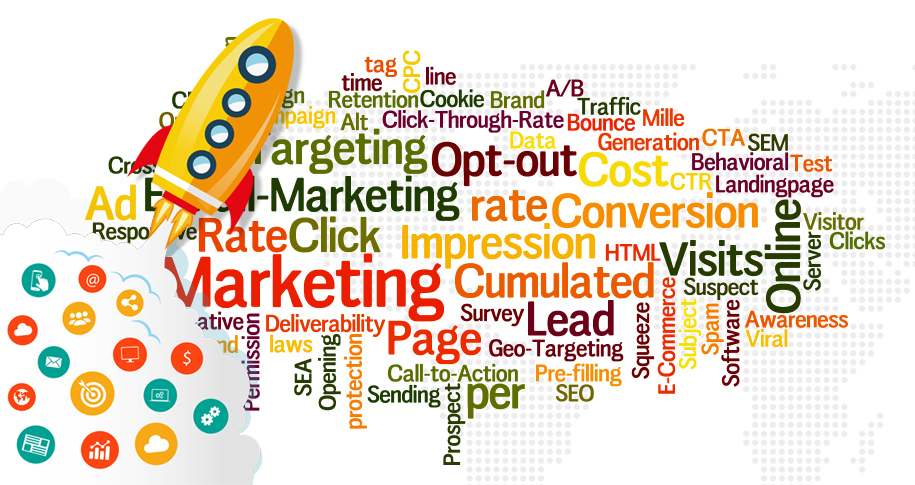Definition
Customer Lifetime Value (CLV)Definition
Customer Lifetime Value (C... More is a metric that measures the total revenue a business can expect from a single customer over the duration of their relationship. It helps businesses understand the long-term value of their customer base and guides decisions related to marketing, customer acquisition, and retention strategies. A higher CLV indicates a strong and loyal customer relationship, contributing to sustained business growth.
Importance of CLV
- Improves Customer Retention: Understanding CLV highlights the value of nurturing existing customer relationships, leading to better retention strategies.
- Guides Marketing Spend: CLV helps determine how much to invest in acquiring new customers by comparing acquisition costs with potential long-term revenue.
- Drives Business Growth: A focus on increasing CLV ensures sustainable profitability by emphasizing customer loyalty and repeat business.
- Supports Product Development: CLV insights help identify which products or services deliver the most value to customers, guiding future offerings.
- Enhances Customer Segmentation: Identifying high-value customers allows businesses to tailor experiences and resources effectively.
How to Calculate CLV
The formula for CLV is:
CLV = Average Purchase Value × Average Purchase Frequency × Customer Lifespan
- Average Purchase Value: Total revenue divided by the number of purchases.
- Average Purchase Frequency: Total number of purchases divided by the number of unique customers.
- Customer Lifespan: Average length of time a customer continues to buy from your business.
For a more detailed approach, businesses may include gross margin and discount rates in the calculation to account for profitability and time value of money.
Strategies to Increase CLV
- Enhance Customer Experience: Deliver exceptional service and seamless experiences to build loyalty.
- Upsell and Cross-Sell: Introduce complementary products or premium services to increase average order value.
- Personalize Marketing Efforts: Tailor messages and offers based on customer preferences and behavior.
- Implement Loyalty Programs: Reward repeat customers with discounts, points, or exclusive benefits.
- Engage Through Email Campaigns: Use targeted email campaigns to nurture relationships and encourage repeat purchases.
- Solicit Feedback: Actively seek customer feedback to address concerns and improve satisfaction.
- Proactive Retention Strategies: Identify at-risk customers and re-engage them with personalized offers or communication.
Benefits of Monitoring CLV
- Improves ROI: By focusing on retaining and maximizing revenue from existing customers, businesses can achieve a higher return on investment.
- Strengthens Competitive Advantage: Businesses that prioritize customer value and loyalty outperform competitors in the long run.
- Reduces Churn: CLV insights help identify patterns that lead to customer attrition, allowing for proactive measures.
- Focuses on Quality over Quantity: Instead of acquiring many low-value customers, CLV encourages targeting high-value ones.
- Aligns Business Objectives: A CLV-focused strategy ensures that marketing, sales, and customer support work together toward shared goals.
Challenges in Measuring CLV
- Data Accuracy: CLV calculations require accurate and up-to-date customer data, which can be challenging to collect and maintain.
- Dynamic Customer Behavior: Customers’ buying patterns can change, making it hard to predict future value accurately.
- Complex Calculations: Advanced CLV models involving profitability and discount rates can be complicated to implement without the right tools.
Tools for CLV Analysis
- Google AnalyticsWhat Is Google Analytics?
Google Anal... More: Tracks customer behavior and calculates purchase frequency and value. - CRM Platforms: Tools like Salesforce and HubSpot provide insights into customer interactions and lifespans.
- E-commerce Platforms: Platforms like Shopify or Magento offer built-in analyticsDefinition
Analytics refers to the sy... More for monitoring CLV.
Examples of High CLV Strategies
- Amazon: Implements personalized recommendations and a seamless shopping experience, encouraging repeat purchases.
- Apple: Retains customers through ecosystem integration and long-lasting product quality.
- Netflix: Focuses on personalizationWhat Is Personalization in Marketing?... More and a diverse content library to keep subscribers engaged.
Conclusion
Customer Lifetime Value is a powerful metric for understanding the long-term impact of your customer relationships. By prioritizing strategies to increase CLV, businesses can achieve greater profitability, enhance customer satisfaction, and build sustainable growth. Investing in customer-centric approaches ensures not just short-term success but also a loyal customer base that continues to deliver value over time.
